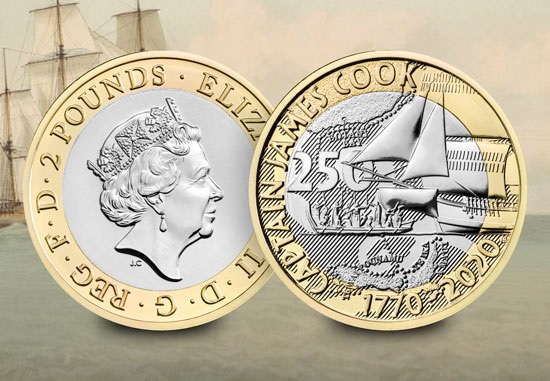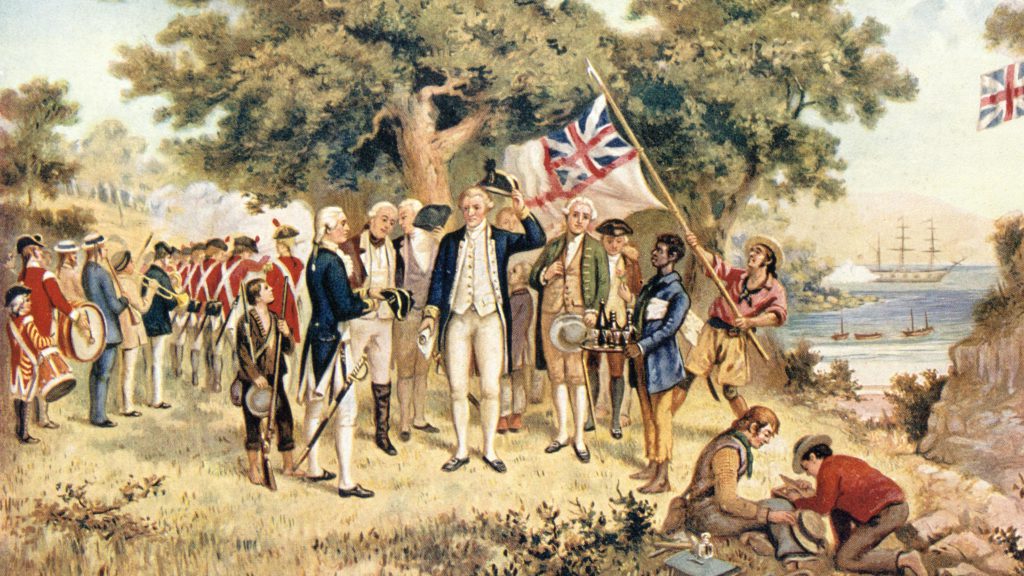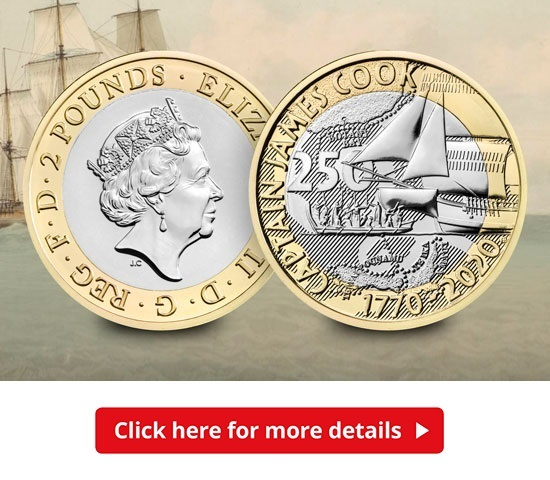Happy Birthday to the £2 coin!
Today marks 20 years since the bi-metallic £2 coins were released into circulation. So to celebrate our much loved £2 coins, we’ve taken a look back at the history of the £2 coin.
£2 coins have been in circulation since 1986, when a commemorative coin was issued to mark the XIII Commonwealth Games. Although these coins are legal tender, they were never common in everyday circulation.

Commonwealth Games £2 issued in 1986.
Following a review of the United Kingdom’s coinage, the decision was made that a general-circulation £2 coin was needed and so the new bi-metallic coin was introduced on the 15th June 1998.
This was the first time bi-metallic coinage was used in the UK.
The first ‘Technology’ £2 coins were designed by Bruce Rushin using concentric circles to represent mankind’s technological evolution from the Iron Age at the centre, to the cogs and wheels in the first ring representing the Industrial Revolution. The next ring symbolises the computer age with a pattern derived from a silicon chip and the final outer ring represents the age of the Internet with a connecting web of lines.

The ‘Technology’ coin was the first bi-metallic £2 and was designed by Bruce Rushin
The Queen with a Necklace £2
The first of these ‘Technology’ £2 coins were actually dated 1997 which earned the coin the nickname the ‘Queen with a Necklace’ £2 which has an enduring legacy in the collecting world. As the first bi-metallic £2 coins were issued in 1997, just prior to the Queen’s portrait change in 1998, this meant that the older portrait by Raphael Maklouf was only used for one year: 1997.

1997 ‘Queen with a necklace’ portrait designed by Raphael Maklouf.
His version featured Queen Elizabeth II wearing a necklace, which is how the nickname was derived and they were snapped up by collectors on release in the belief they would go on to become a future rarity. Unfortunately this wasn’t the case and as it turned out, the coin had a mintage of nearly 14 million.
There are a few stories which crop up more often than others, and to help dispel some of the myths about the £2 coins you can find in your change, you can read our blog here.
This Technology design was used on £2 coins every year from 1997 until 2015 when it was replaced by Britannia. Britannia has a long standing history with British coinage having first appeared on a 1672 Farthing during the reign of Charles II. Antony Dufort’s modern interpretation of Britannia features on Britain’s highest denomination circulating coin, the £2, which was a very popular move from The Royal Mint.
What’s so special about the 2015 Britannia £2?

Antony Dufort’s modern interpretation of Britannia.
However, it wasn’t until 2016 when The Mint released the mintage figures for the 2015 coins that the real surprise was unveiled.

Only 650,000 of the 2015 date Britannia £2 coins had been stuck for circulation, making it one of the most scarce UK £2 coins ever! So scarce in fact that there were fewer of this coin than the England and the Scotland coins from the famous 2002 Commonwealth Games series.
The UK 2015 Britannia £2 Coin
 Own one of the most-scarce circulating £2 coins ever issued
Own one of the most-scarce circulating £2 coins ever issued
This first-year 2015 £2 Britannia is already one of the most-scarce circulating £2 coins ever issued with just 650,000 coins passing through banks and cash centres.
That places it third equal in the all-time low mintage charts!
Why you mustn’t pay £1,000 (or even £16,000) on ebay for the new Paddington 50p…
There’s been much excitement this week for Change Checkers following the accidental early release of a small number of new Paddington 50p coins.

Paddington at the Station BU 50p – Available to order from the 18th June.
The first coins were discovered late last week and quickly made their way onto collectors’ forums and ebay, with one attracting a “sold price” of £16,000 – prompting interest from a number of national newspapers.

Paddington 50p listed for £16,100. Credit: ebay
Of course, in reality, it’s unlikely that the transaction will ever complete at that price and certainly it’s not the time to be bidding on ebay for the new coin as The Royal Mint has confirmed the release date for the new Paddington 50p Coin as 18th June, with a second design, featuring Paddington outside Buckingham palace, following later in the year (also available to pre-order on Monday).

Paddington at the Palace BU 50p – Available to pre-order from the 18th June.
The new coin will be available in the official Royal Mint Presentation Pack, which usually sells for around £10 or in a Change Checker “Certified Brilliant Uncirculated” Presentation for £3.99 from www.westminstercollection.com
Coloured Silver 50p Collector’s Edition also confirmed…
Limited numbers of the Silver Proof Collector’s Edition of the Paddington 50p coin have also been seen in some Post Offices ahead of the 18th June release date.

Paddington at the Station Silver Proof – Available to order from the 18th June.
Again these will be properly available online from 18 June, with a confirmed Limited Edition Presentation of 60,000.
Embark on a Voyage to Discover the NEW £2 Captain Cook Coin Collection
In the summer of 1768, British explorer, Captain Cook set sail for the ‘Great South Land’ on his famous Voyage of Discovery.
250 years on, The Royal Mint announced they would be commemorating Captain Cook’s extraordinary travels with a unique coin series to feature three beautifully designed £2 coins.
This is the first time Captain Cook has appeared on UK coinage and today, the VERY LAST coin in the collection has been released, the 2020 UK Captain Cook £2.

His famous ship, HM Bark Endeavour features on the design and, just like a secret map, when all three coins in the collection are placed together the design can be seen as a whole.
The first coin was released in 2018 and saw huge popularity from Collector’s and explorers alike!
Now the final coin has been released, collectors can finally complete this incredible £2 series.

Voyage of Discovery
Cook’s great expeditions to the South Seas had a hidden agenda – carrying secret orders from the British Admiralty who hoped for him to discover ‘a Continent or Land of great extent’ to take possession of ‘in the Name of the King of Great Britain’.
On each epic journey, Cook made spectacular discoveries which expanded the understanding of the world beyond known horizons.
Artefacts such as maps, logs, paintings and journals recorded during Cook’s voyages revealed a new and exciting world, transforming the European view of the Pacific Ocean.
By 1770, his first voyage aboard the Endeavour brought Cook to the southern coast of New South Wales and from there he continued northwards, charting Australia’s eastern coastline.
On the 22nd August 1770, Captain Cook fulfilled his mission and claimed the eastern Australian continent for Great Britain.
However, the intrepid voyager did not stop there. He embarked upon two more expeditions in 1772 and 1776 to find an inhabited southern continent in the Antarctic Circle and a passage linking the Atlantic and Pacific Oceans.

Secure the BRAND NEW 2020 Captain Cook £2 coin
You can now own the FINAL £2 coin in the three-coin-series commemorating Captain Cook’s Voyage of Discovery.

